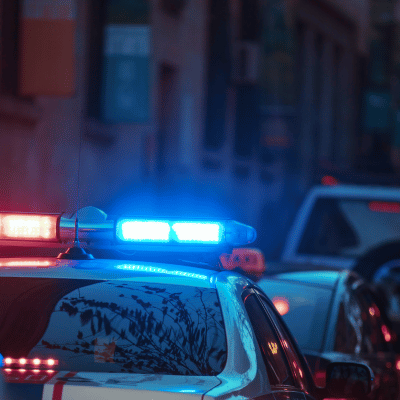[et_pb_section fb_built=”1″ _builder_version=”4.23.4″ _module_preset=”default” custom_padding=”115px|||||” global_colors_info=”{}” theme_builder_area=”post_content”][et_pb_row module_class=”single-contents” _builder_version=”4.26.1″ _module_preset=”default” custom_margin=”-76px|auto||auto||” global_colors_info=”{}” theme_builder_area=”post_content”][et_pb_column type=”4_4″ _builder_version=”4.23.4″ _module_preset=”default” global_colors_info=”{}” theme_builder_area=”post_content”][et_pb_text _builder_version=”4.24.0″ _module_preset=”default” custom_margin=”|||-85px||” global_colors_info=”{}” theme_builder_area=”post_content”]
The transition into and out of Daylight Savings Time (DST) each year prompts significant debate. While originally intended to maximize daylight and energy savings, the time change can lead to unintended social consequences. Research has shown that this shift may influence crime rates, impacting everything from thefts to violent offenses. For many, the question remains: does the change in time really have such a profound effect on crime? In this article, we’ll explore how Daylight Savings Time might influence criminal activity and how it could impact both individuals and communities.
The Link Between Time Change and Crime
Studies have long suggested a link between the time of day and the likelihood of certain crimes. For example, crimes such as burglary and theft often increase under the cover of darkness, as offenders rely on reduced visibility to conceal their actions. Similarly, violent crimes can also be affected by daylight changes, with some research indicating that darkness may amplify social tensions.
In terms of daylight savings, the abrupt change in daylight patterns and disruptions in circadian rhythms have been shown to cause increased levels of irritability and stress, factors which can sometimes contribute to higher crime rates. Moreover, the confusion surrounding time changes and differing light levels between evening and morning hours might provide more opportunities for criminal activities, as individuals are less attuned to their surroundings.
Daylight and Its Effect on Crime Rates
According to the American Journal of Public Health, robberies in certain urban settings decline by as much as 7% during periods with longer daylight hours. These findings suggest that the additional daylight deters criminal activities, especially those typically occurring in public spaces. During the winter months, however, the lack of sunlight after the time change could be linked to spikes in these crimes. Thus, one can see how shorter days might embolden some to engage in criminal behavior, knowing they have more hours of darkness to operate.
Circadian Rhythm Disruption and Crime
The human body follows a natural circadian rhythm, aligning itself with sunlight exposure to regulate sleep, energy, and mood. However, abrupt shifts like Daylight Savings Time can disrupt this internal clock, leading to fatigue, irritability, and sometimes poor decision-making. For some, this can increase the likelihood of aggressive or reckless behavior, potentially contributing to an uptick in certain types of violent crime. It’s worth noting, though, that these effects are typically short-term, lasting only a few days following the time change.
The Debate on Permanent Standard Time
Given the potential downsides of changing the clocks, many advocacy groups and lawmakers have pushed for permanent Standard Time or Daylight Time. This change could help mitigate some of the risks associated with DST, including those linked to criminal activity. By reducing the disruption to individuals’ sleep patterns and maintaining consistent daylight exposure, it may be possible to lower the crime rates associated with the time change.
What This Means for Your Safety
Awareness is key when it comes to navigating the potential risks posed by DST. Staying mindful of surroundings, especially during the initial days after a time change, can help individuals minimize exposure to risky situations. Taking steps like avoiding dimly lit areas, being cautious when walking alone at night, and practicing general personal safety strategies can go a long way toward keeping oneself protected.
[/et_pb_text][/et_pb_column][/et_pb_row][/et_pb_section]







